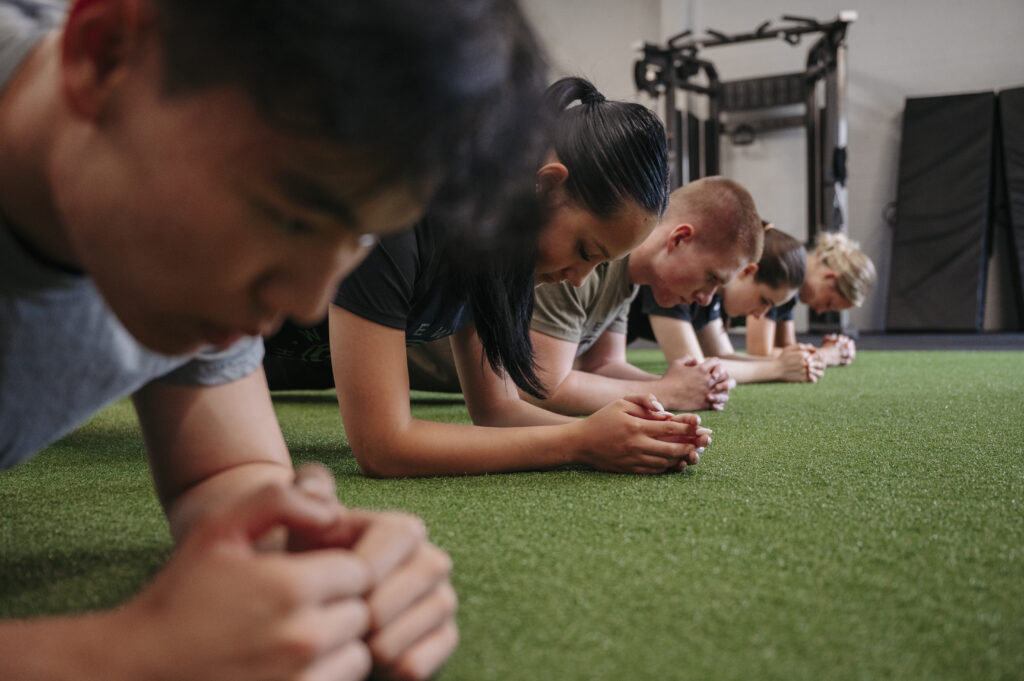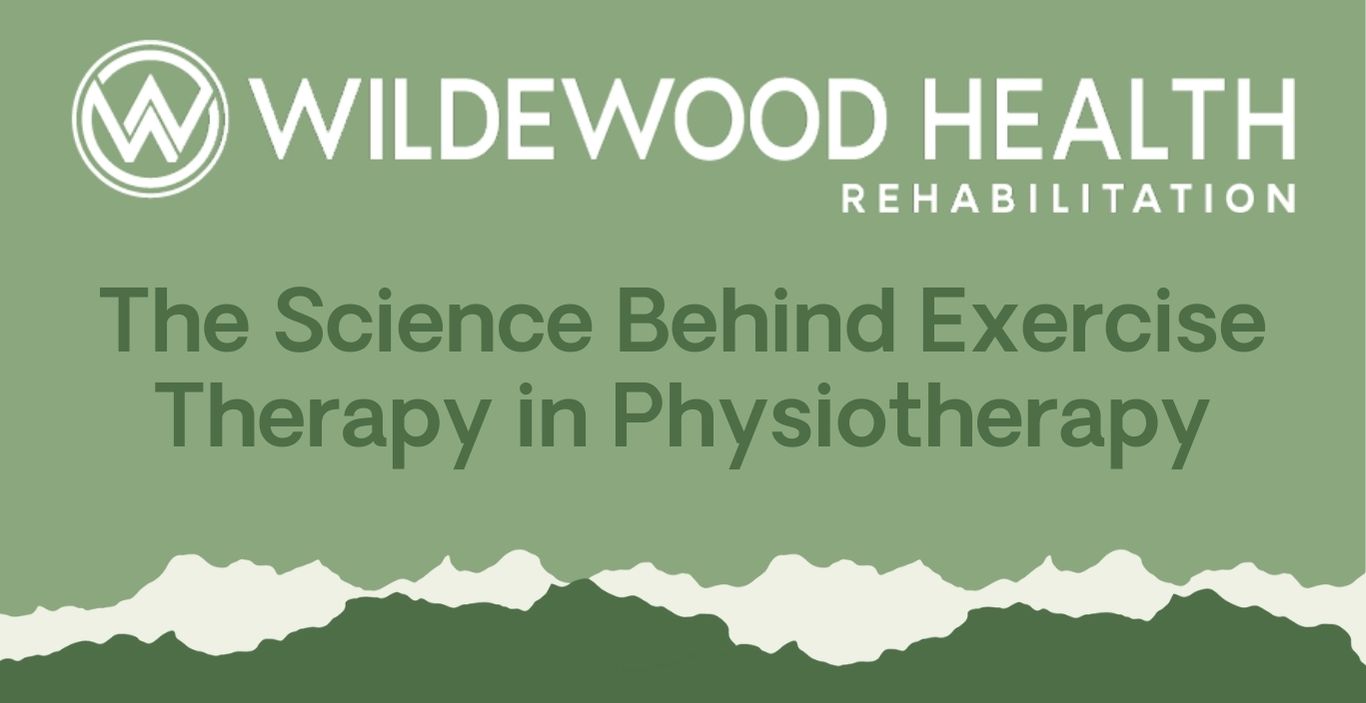Exercise therapy is a cornerstone of physiotherapy, playing a crucial role in rehabilitation, pain management, and overall physical health. This blog delves into the scientific principles underpinning exercise therapy, exploring its mechanisms, benefits, and applications in physiotherapy.
Understanding Exercise Therapy
Exercise therapy involves the systematic application of physical activities and exercises to treat and manage various conditions. It is tailored to individual needs, aiming to restore function, improve mobility, and reduce pain. The exercises can range from simple movements to complex routines, depending on the patient’s condition and goals.
The Biological Basis of Exercise Therapy
- Musculoskeletal Adaptations:
- Muscle Strengthening: Exercise induces muscle hypertrophy, which is the increase in muscle fiber size. Resistance training leads to the recruitment of motor units and the strengthening of muscle fibers.
- Bone Density: Weight-bearing exercises stimulate bone formation and increase bone density, which is vital for preventing osteoporosis.
- Joint Mobility: Regular movement helps maintain and improve joint range of motion, reducing stiffness and enhancing flexibility.
- Neurological Adaptations:
- Neuroplasticity: Exercise promotes neuroplasticity, the brain’s ability to reorganize itself by forming new neural connections. This is crucial for recovery from neurological conditions like stroke.
- Motor Control: Coordinated exercises improve motor control and proprioception, the body’s ability to sense movement, action, and location.
- Cardiovascular and Respiratory Benefits:
- Cardiovascular Health: Aerobic exercises enhance cardiovascular function, improving heart and lung efficiency. This is essential for overall health and managing conditions like hypertension and chronic heart disease.
- Respiratory Efficiency: Exercise strengthens respiratory muscles, increasing lung capacity and improving oxygen exchange.
Mechanisms of Pain Reduction
Exercise therapy is effective in pain management through several mechanisms:
- Endorphin Release: Physical activity stimulates the release of endorphins, the body’s natural painkillers.
- Reduction of Inflammation: Regular exercise can reduce chronic inflammation, a common source of pain in conditions like arthritis.
- Improved Circulation: Enhanced blood flow from exercise delivers oxygen and nutrients to tissues, promoting healing and reducing pain.

Psychological Benefits
Exercise therapy also has profound psychological benefits:
- Mood Enhancement: Exercise triggers the release of neurotransmitters like serotonin and dopamine, which elevate mood and reduce symptoms of depression and anxiety.
- Stress Reduction: Physical activity helps lower cortisol levels, the body’s primary stress hormone.
- Cognitive Function: Regular exercise has been linked to improved cognitive function and reduced risk of cognitive decline in older adults.
Applications in Physiotherapy
- Post-Injury Rehabilitation:
- Tissue Repair: Exercise promotes the repair of damaged tissues by increasing blood flow and nutrient delivery.
- Functional Recovery: Tailored exercises help restore the functional capabilities of the affected area, enabling patients to return to their daily activities.
- Chronic Disease Management:
- Arthritis: Exercise helps maintain joint function and reduce pain in arthritis patients.
- Cardiovascular Diseases: Regular physical activity is crucial in managing heart diseases, reducing the risk of further complications.
- Neurological Conditions:
- Stroke Rehabilitation: Exercise therapy aids in the recovery of motor skills and improves overall function in stroke survivors.
- Parkinson’s Disease: Exercise can help manage symptoms and improve the quality of life for individuals with Parkinson’s.
Conclusion
Exercise therapy in physiotherapy is grounded in robust scientific principles that address both the physical and psychological aspects of health. By understanding the biological mechanisms and benefits, physiotherapists can design effective, individualized programs that promote healing, enhance function, and improve the overall quality of life for their patients. As research continues to evolve, the integration of exercise therapy in physiotherapy will undoubtedly expand, offering even more innovative and effective treatment options.






